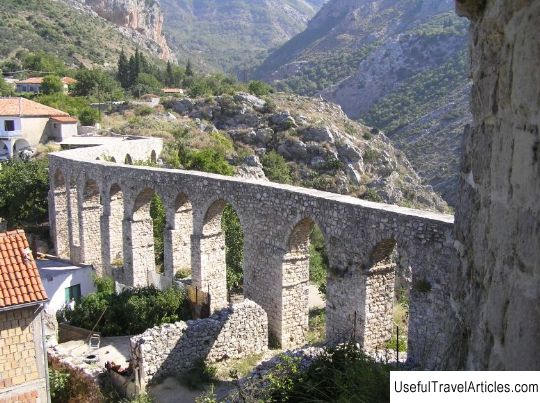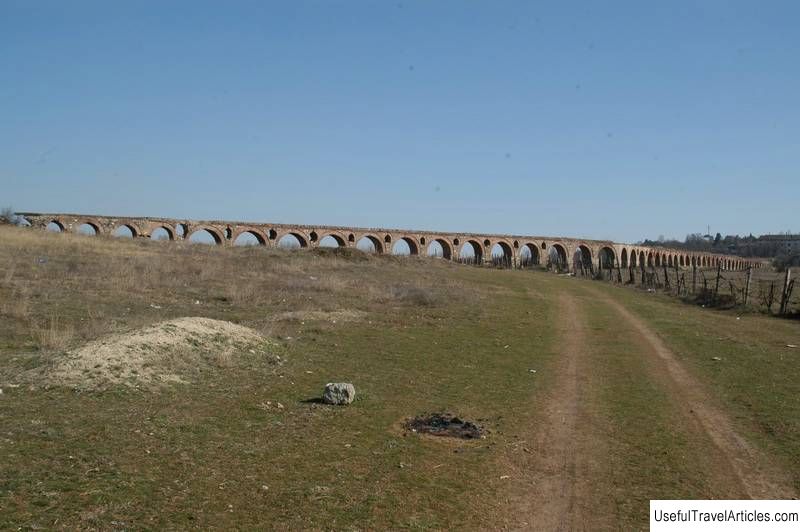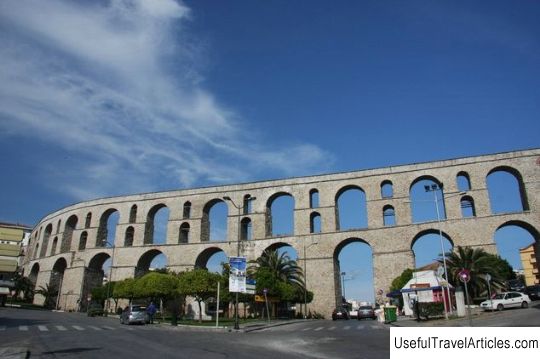Eifel Aqueduct in Germany
Rating: 7,8/10 (5439 votes)  one of the longest aqueducts of the Roman Empire, an example of the engineering art of ancient Roman craftsmen, whose skill was lost later, in the Middle Ages. The aqueduct delivered water from the Eifel mountains to the ancient Roman city of Colonia Claudia Ara Agrippinensium (now Cologne), the distance covered by the water was about 100 km. one of the longest aqueducts of the Roman Empire, an example of the engineering art of ancient Roman craftsmen, whose skill was lost later, in the Middle Ages. The aqueduct delivered water from the Eifel mountains to the ancient Roman city of Colonia Claudia Ara Agrippinensium (now Cologne), the distance covered by the water was about 100 km.Construction of the aqueduct was completed by 80 AD. e. The aqueduct was designed in such a way that on the surface of the earth there was a minimum part of all structures, and most of the – located underground. This protected it from freezing and damage and contributed to the fact that the water moved only under the influence of gravitational forces, without other additional devices. The Eifel Aqueduct was built the second in this area. For the construction of structures in the form of a large arch, stones and concrete were used. The water from the aqueduct was used for different purposes: to fill fountains, to feed residential buildings and bathhouses. For two centuries the aqueduct was used without interruption, and in 260 it was partially destroyed during the raids of the Germanic tribes. After that, it was never completely restored, although some of its sections continued to perform their functions for quite a long time, even without engineering maintenance. Archaeological excavations carried out today show that Roman engineers used complex structures: U-shaped pipes were placed on a stone substrate, and above them a protective roof-arch was built from stones, fastened with a solution of lime. The ancient builders used planks and logs to shape the concrete pipe. There was enough space inside the aqueduct for workers to carry out repair work. In some of the structures, a drainage system was used to divert groundwater. The inner surfaces of the aqueduct were also covered with a protective mixture of quicklime and crushed bricks. This solution hardened under the influence of cold water, and the cracks were filled with wood ash. Almost 100 kilometers along the aqueduct are now occupied by a tourist route. There are stands with information about the Eifel Aqueduct.   We also recommend reading Hotel zum Ritter in Germany, Heidelberg spa Topic: Eifel Aqueduct in Germany. |




